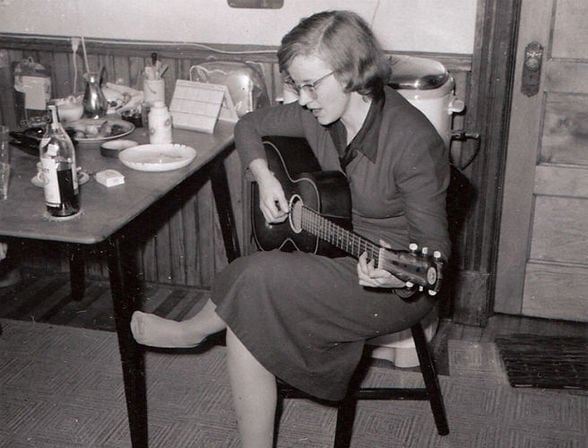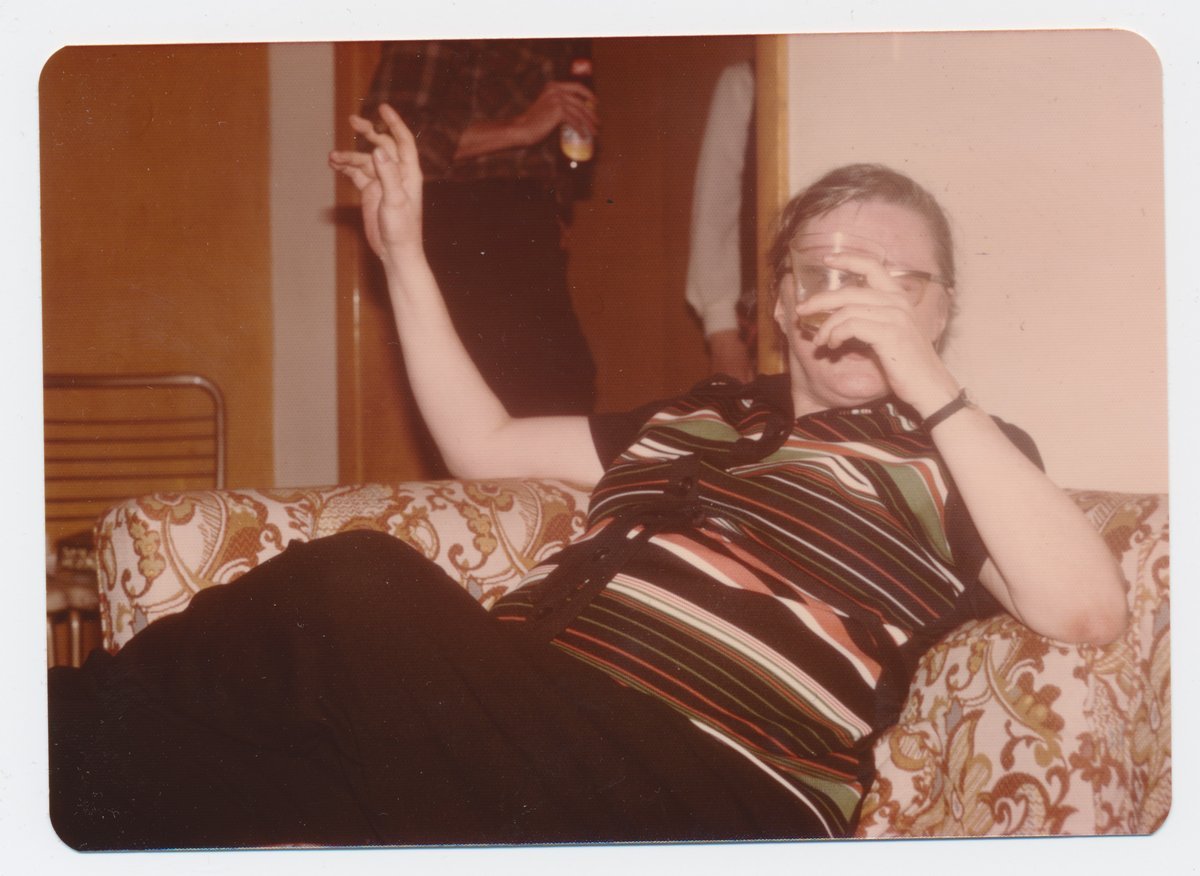
In the summer of 1974, Connie Converse was getting ready to turn 50.
She packed up her Volkswagen Beetle, sent off letters to family and friends, and drove away from the Michigan town of Ann Arbor — the place where she had lived and spent more than a decade remaking herself into an editor, scholar and activist.
Disillusioned by a life that she did not want, Connie left — and would never be seen again.
Watch the trailer for True Crime Conversations. Post continues below.
Born in 1924 in Laconia, New Hampshire, Connie (born Elizabeth Eaton Converse) was the daughter of a preacher father and was raised alongside her two brothers, Paul and Philip, in a strict Baptist household.
As a child, she excelled academically and went on to study at Mount Holyoke College in Massachusetts with a scholarship. It was a tradition for the women in Connie's family to graduate from Mount Holyoke, but always defiant, Connie dropped out two years into her studies and made a mad dash for New York City.
There, she pursued her passion for music. She'd write songs and then play them for her friends. She worked at a printing house, but in her spare time, Connie had every desire to make a life as a musician.


